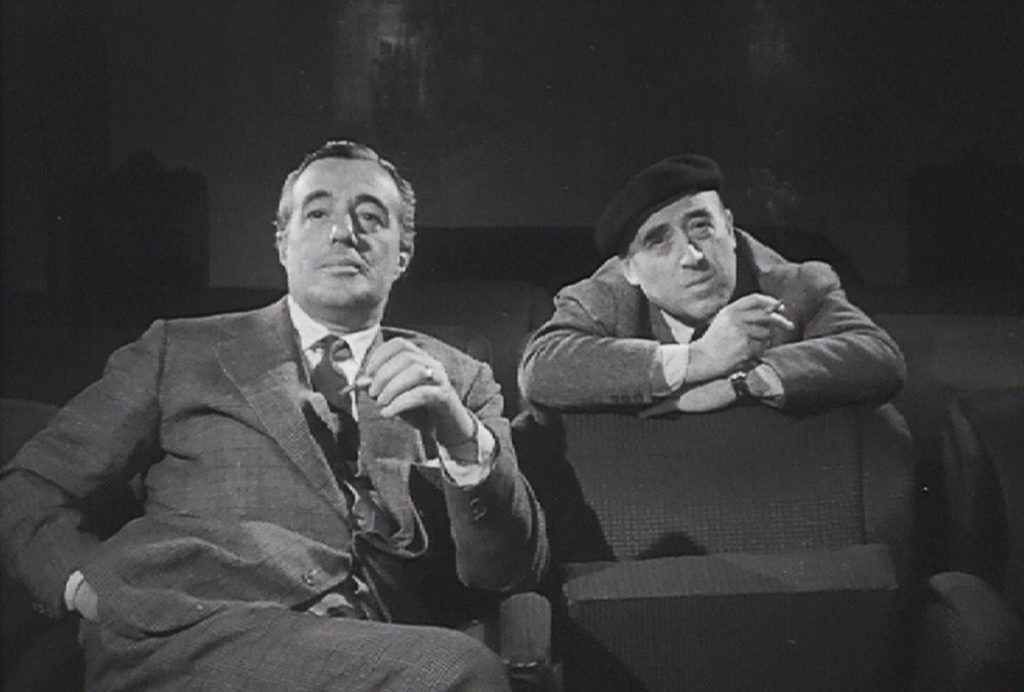Italian neorealist filmmakers approached cinema as a vehicle for truth, they sought to portray everyday reality with all its beauty and ambiguity. In this sense, Italian Neorealism stands opposite to mainstream cinema, in which stories and film style are created in order to assist the audience to escape from reality. Cesare Zavattini, a renowned neorealist screenwriter, says that due to man’s perception of everyday reality as being uninteresting, the cinema has felt the need to insert a narrative story into reality in order to make it exceptional. The most important characteristic of neorealism, adds Zavattini, is the awareness that reality is extremely rich.
The task of the artist – the neorealist artist at least – does not consist in bringing the audience to tears and indignation by means of transference, but on the contrary, it consists in bringing them to reflect (and then, if you will, to stir up emotions and indignation) upon what they are doing and upon what others are doing; that is to think about reality precisely as it is.
Cesare Zavattini

Here is the trailer for Ladri di Biciclette (Bicycle Thieves (1948), written by Cesare Zavattini and directed by Vittorio DeSica.
This eagerness for investigating reality and honoring the ordinary is one of the primary distinctions between neorealism and the classical narrative film. Rossellini expands on this counter-position when asked about the difference between the two: “The realist film has the “world” as its living object, not the telling of a story. What it has to say is not fixed in advance, because it arises of its own accord. It has no love for the superfluous and the spectacular, and rejects these, going instead to the root of things. It does not stop at surface appearances but seeks out the subtlest strands of the soul. It rejects formulas and it doesn’t pander to its audience, but seeks out the inner motives in each of us.”
This search for truth by the neorealists can explain why the French film theorist André Bazin considers neorealism a cinema of fact or ‘reconstituted reportage’. Neorealists strived to give the fictional film the objectivity and spirit of the documentary film. The best example is Rossellini’s Paisà (Paisan, 1946), an episodic narrative portraying actual events surrounding the Allied invasion of Italy. The film employs many of the conventions of the wartime documentary and includes actual newsreel footage. But even a film like Ladri di Biciclette (Bicycle Thief, 1948), a fictional story set within the framework of traditional narrative has this documentary-like quality Bazin refers to. What is most remarkable about this film is that De Sica and Zavattini manage to create a compelling story based on a very simple premise and the succession of ordinary events surrounding the personal tragedy of a working-class man.
In 1948, when the film was released, nearly a quarter of the workforce of Italy was unemployed. The film’s protagonist is an unemployed family man who has been out of work for a long time. Finally, he gets a job, but he must have a bicycle. His wife pawns their wedding sheets and bedding in order to retrieve his bicycle from the pawnshop. But on the first day on the job his bike is stolen. These events are not linked by a cause and effect relationship, but by chance and accident. Each episode carries the same weight, its own uniqueness, and ambiguity. The significance the neorealists give to the portrayal of actuality and their commitment to express reality as it is, claims Bazin, depicts a revolutionary humanism.” I think what Bazin means is that given the harsh reality Italians faced during and after the War, neorealists chose to go deeper into reality as opposed to simply judging it or escaping from it.
Below, a trailer for Roberto Rossellini’s war trilogy: Roma città aperta (Rome, Open City, 1945), Paisà (1946), and Germania anno zero (Germany Year Zero, 1948)
